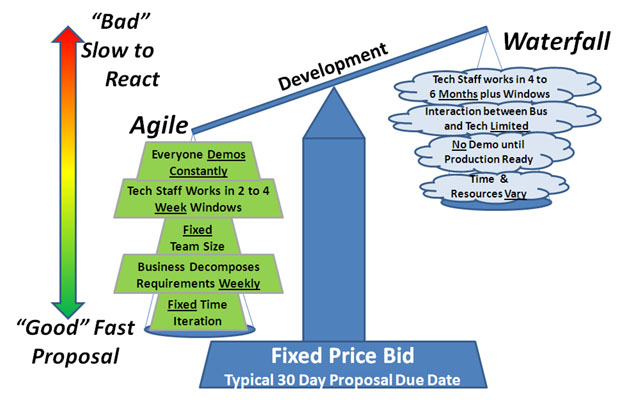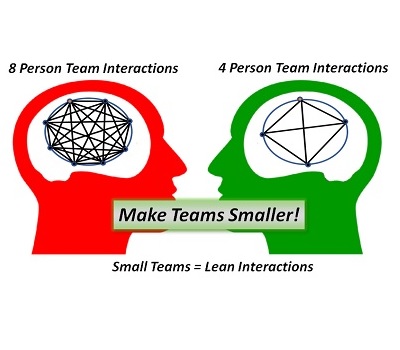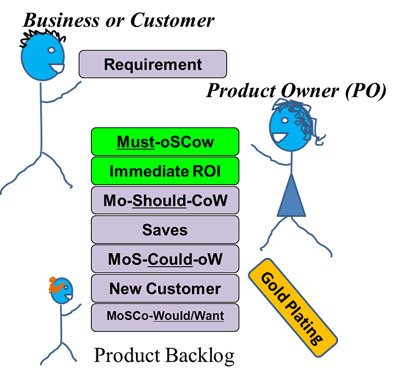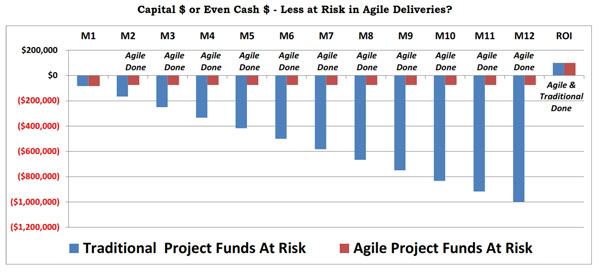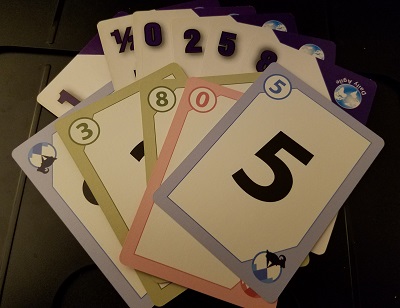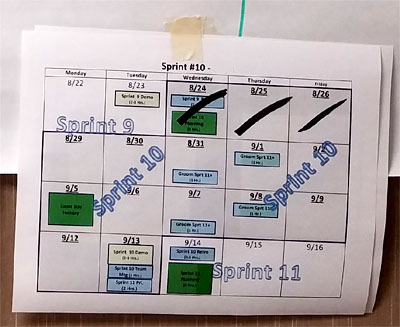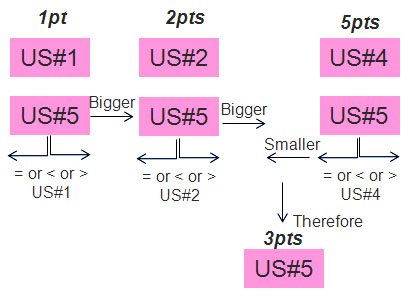With the Rio 2016 Olympics and one of my co-workers being a really good badminton player from India, an analogy came to me while watching bug traffic on Jira between my team and support developers.
Just click on the link and watch on YouTube.
Whether practicing Agile or Waterfall methodologies or just managing people in general, Scrum Masters and managers have to keep an eye out for bug and issue communications that start looking like a ping pong or a badminton game. The 2016 Summer Olympics made this visual come to mind.
Some signs this is happening include:
- Quick changes in assignee in your bug or issue tracking program,
- Emails going back and forth among developers in different locations or timezone – this is what resembles badminton with the birdie floating over the world and time until it lands in the next time zone
- Quick declarations of victory with marking work as Done, when maybe some confirmation is needed
- Quick closing of help desk issues because a customer did not reply
- My FAVORITE response is “that it is not my job”, but they don’t help locate who’s job it is and they just leave the customer hanging like that kitten picture we all know.
Sometimes the emails or names change so fast, it is like watching a ping pong game.
Some short term solutions include:

- Come Down like the hammer of Thor on the people doing it 🙂 (sarcastic smiley)
- Get everyone into a meeting to discuss the issue
- Agree to a return time/place once changes are made to confirm the right people are now working the issue. As a manager, just Don’t say Hi this is so and so and meet so and so and expect the fix to occur. The people may need some hand holding to ensure people were really listening.
- Agreeing on a time to chat. This is really important when dealing with time zones. But keep it brief and to the point if people are going to sleep soon or rolling out of bed, their time is used wisely and with appreciation.
Long term:
- Get people to include screen shots of the issues (a picture is worth a thousand words) in their emails or issue tracker.
- Give people the power to use the corporate conference call capability when they need to (as a manager share yours to help facilitate)
- Create bugs, so the traffic can be monitored. If you are really good with your tracking software, you can create a tracker to watch for name changers.
- Get people in the habit of stepping away from their desks and walk over to talk.
- Provide communication training and even better customer service training on how to deal with a customer with a problem. That customer could be your co-worker. It customer service just does not apply to outside customers.
- Training your people in some 6 sigma knowledge, root cause analysis, the 5 whys, fishbone, etc…
Now here is the real kicker, what is causing your team to act this way? That is the real question. This might be a good topic for your Retrospective Scrum team. In many cases, other than the classic we let it get out of control, I would check this business and management practices:
- Is your Service Level Agreements (SLA) too tight for adequate responses? Maybe the person only has 5 minutes or a day to close out the task or they get penalized. I have seen this, in some businesses. Maybe they are rewarded for having the fastest closeout rate? Closing out things fast is great, but not at the expense of the customer and their opinion of your service. I have seen many times were a customer service person would just quote back to me what I said and I just wasted 30 minutes on the phone.
- Do your Developers or individual team members have way too many tasks to do in a realistic period of time? People can be answering “Done”, just to get the backlog down.
- Maybe the contractual support date is coming to an end and in order for the contractor to get paid, they need to clear their backlog of issues. My favorite response I see in all industries: “It is not part of the scope or contract.” If you see that a lot, especially towards the end, It should be a trigger word for you. Contract managers might need to re-examine their period of performance.
- Maybe there is just some administrative metric that everyone is watching, but it really does not add any value. Or has your organization fostered an environment of metric results are more important than making real results for teammates or customers. I call it metric Blindness. People lose sight on the reason why the metric was created in the first place or they never really knew why.
I hope this blog post make to laugh a little, identifies some warning signs and gives some solutions. I would love to hear your experiences also. Please feel free to comment and share, so we can all grow our knowledge together.

See also my post on email chatter http://www.gregmester.com/when-to-call-a-meeting/
Cheers.






